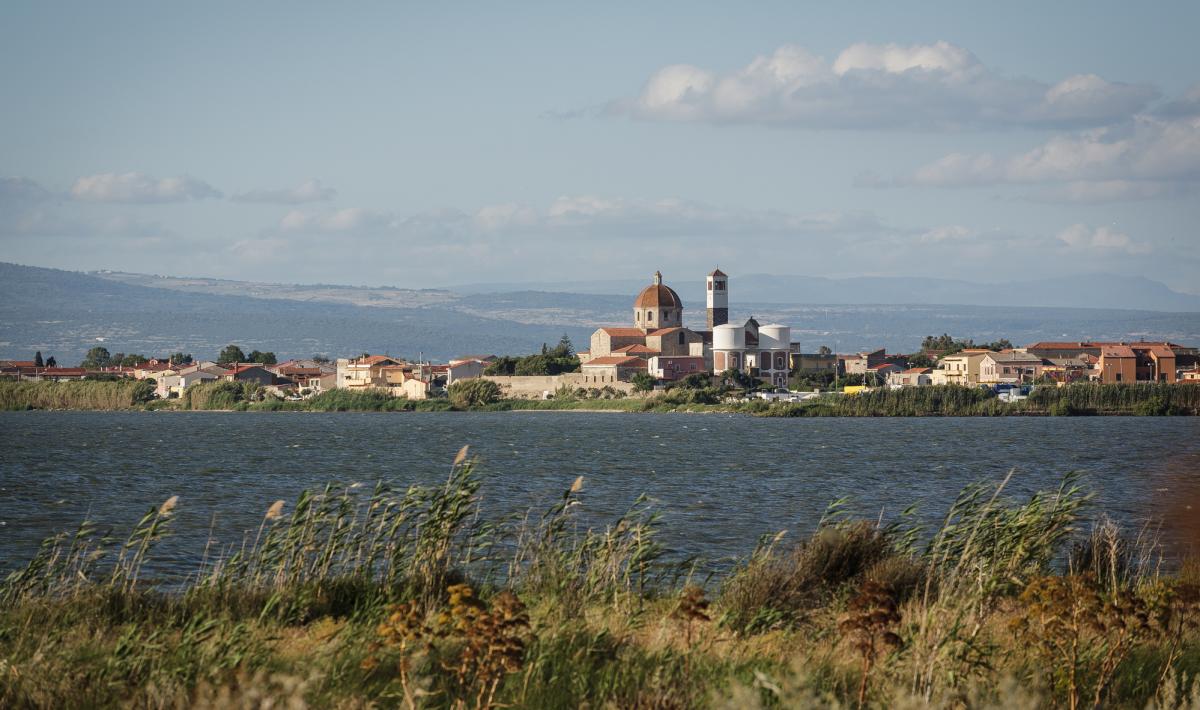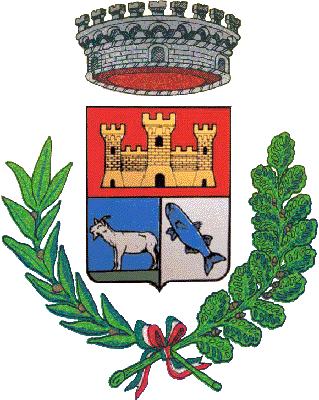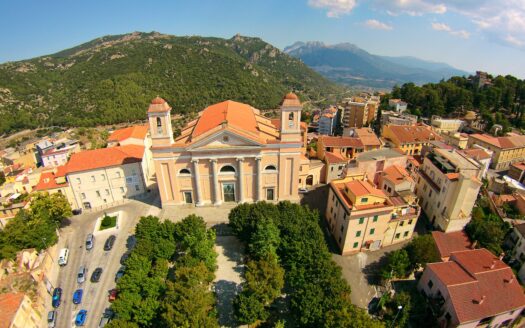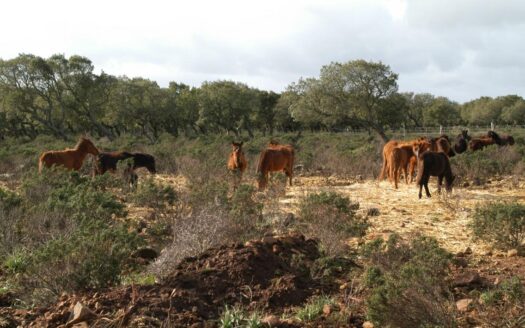
Cabras, fishing, tradition, nature, and the Giants of Monte Prama
The small town of Cabras, with about 9,000 inhabitants, is located on the western coast of Sardinia and is part of the province of Oristano. Cabras is 8 km to Oristano and 102 km to Cagliari – Elmas airport.
Nestled on a fertile plain on the left bank of the Cabras Pond (or Mari Pontis – one of the largest ponds in Europe) Cabras is a characteristic small town that is traditionally dedicated to fishing and processing fish products (e.g. mullet “bottarga”).
This municipality includes a very large territory of arable land, unique quartz beaches, lagoons that have always been teeming with fish, and marshes crowded with sedentary and migratory birds.
its coast
To the west, the territory overlooks the sea with a coastal articulation of about 30 km that includes the Sinis peninsula and the two uninhabited islets of Mal di Ventre and Catalano.
environment and beaches
The beaches of the Sinis peninsula are of great environmental interest. In fact, the Municipality of Cabras is the Management Body of the Marine Protected Area “Penisola del Sinis – Isola di Mal di Ventre” (established in 1997).
In this still largely undeveloped coastline, the white sandy beaches of Is Arutas, Maimoni and Mari Ermi stand out for their beauty.
an ancient town
Cabras territory has been inhabited since the Neolithic, as the important village of Cuccuru is Arrius proves. In the Nuragic period, however, during the Bronze Age, it appears to be intensely populated, in fact there are approximately 75 nuraghi.
Tharros
Around the 8th century BC, on a site already frequented by the Nuragic populations, the Phoenicians founded Tharros, a town that was inhabited continuously throughout the Carthaginian and then Roman periods.
town centre
The first documented settlements in the current centre of Cabras date back to the 11th century, when Tharros was definitively depopulated, also due to the incursions of North African pirates. In this period, in fact, inhabitants settled around the castle of which today only a few remains remain near the parish church.
The Giants of Monte Prama
These ancient sculptures date back to the Nuragic civilization. They were found by chance in 1974 in Mont’e Prama in the Sinis of Cabras. The statues were found broken into numerous fragments in connection with a vast necropolis currently consisting (2021) of about 150 burials.
a complex of thirty-eight sculptures
The statues were sculpted in the round, each starting from a single block of calcarenite from quarries sixteen kilometres away as the crow flies. Their height varies between two and two and a half metres and, as in the depictions of the Nuragic bronzes, they represent archers, warriors and boxers.
Together with the statues, sculptures depicting nuraghi were found, as well as numerous betyls of the “Oragiana” type, a typical artistic artefact present in the exedra of the giants’ tombs.
This sculptural complex, recomposed after the restoration, consists of thirty-eight sculptures, including five archers, four warriors, sixteen boxers, and thirteen models of nuraghe.
dating hypotheses
Depending on the hypothesis, the “Kolóssoi“ date back to the 9th century BC or even to the 13th century BC. A hypothesis that in any case makes Mont’e Prama the oldest and most numerous complex of statues in the round in Europe and the western Mediterranean Sea, as it precedes the “kouroi” of ancient Greece and is second only to Egyptian sculptures.

Comune Cabras info
Click to visit

Info about The Giants of Monte Prama.
Click to visit





